| ||||||||
| ||||||||
History
The Yuanmou Man, a Homo erectus fossil unearthed by railway engineers in the 1960s, has been determined to be the oldest known hominid fossil in China. By the Neolithic period, there were human settlements in the area of Lake Dian. These people used stone tools and constructed simple wooden structures.
Around the third century BC, the central area of Yunnan around present day Kunming was known as Dian. The Chu general Zhuang Jiao entered the region from the upper Yangtze River and set himself up as "King of Dian". He and his followers brought into Yunnan an influx of Chinese influence, the start of a long history of migration and cultural expansion.
In 221 BC, Qin Shi Huang unified China and extended his authority south. Commanderies and counties were established in Yunnan. An existing road in Sichuan – the "Five Foot Way" – was extended south to around present day Qujing (曲靖), in eastern Yunnan. In 109 BC, Emperor Wu sent General Guo Chang south to Yunnan, establishing Yizhou commandery and twenty-four subordinate counties. The commandery seat was at Dianchi County (present day Jinning). Another county was called "Yunnan", probably the first use of the name. To expand the burgeoning trade with Burma and India, Emperor Wu also sent Tang Meng to maintain and expand the Five Foot Way, renaming it "Southwest Barbarian Way" (西南夷道).
During the Three Kingdoms, the territory of present day Yunnan, Qianxi and southern Sichuan was collectively called Nanzhong. The dissolution of Chinese central authority led to increased autonomy for Yunnan and more power for the local tribal structures. In AD 225, the famed statesman Zhuge Liang led three columns into Yunnan to pacify the tribes. His seven captures of Meng Huo, a local magnate, are much celebrated in Chinese folklore.
In the fourth century, northern China was largely overrun by nomadic tribes from the north. In the 320s, the Cuan (爨) clan migrated into Yunnan. Cuan Chen (爨琛) named himself king and held authority from Lake Dian (then called Kunchuan. Henceforth the Cuan clan ruled Yunnan for over four hundred years. In 738, the kingdom of Nanzhao was established in Yunnan by Piluoge, who was confirmed by the imperial court of the Tang Dynasty as king of Yunnan. Ruling from Dali, the thirteen kings of Nanzhao ruled over more than two centuries and played a part in the dynamic relationship between China and Tibet. In 937, Duan Siping overthrew the Nanzhao and established the Kingdom of Dali. The kingdom was conquered by the Mongol and Chinese armies of Kublai Khan.
Yunnan passed to the Qing dynasty in 1659 and became a province of China under the control of the central government. It was a major center of Chinese resistance in World War II. The People’s Republic of China took Yunnan province in control in 1950.
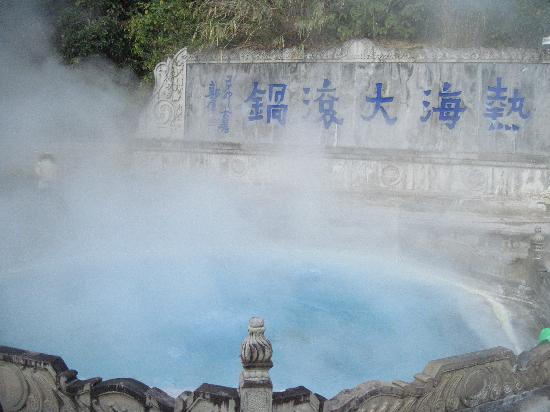 Baoshan Baoshan
|
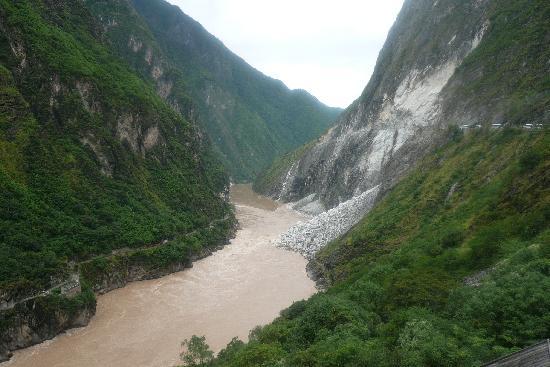 Diqing Diqing
|
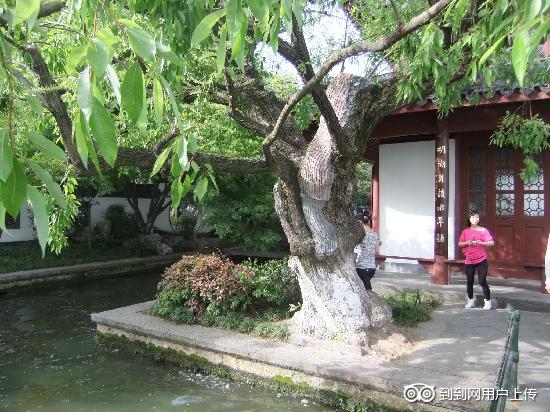 Honghe Honghe
|
 Kunming Kunming
|
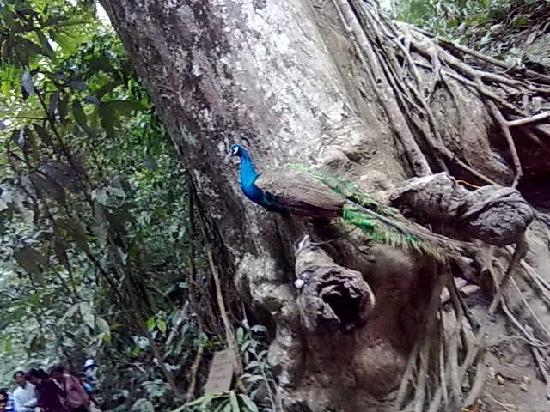 Xishuangbanna Xishuangbanna
|
 Lijiang Lijiang
|
 Lijiang Lijiang
|
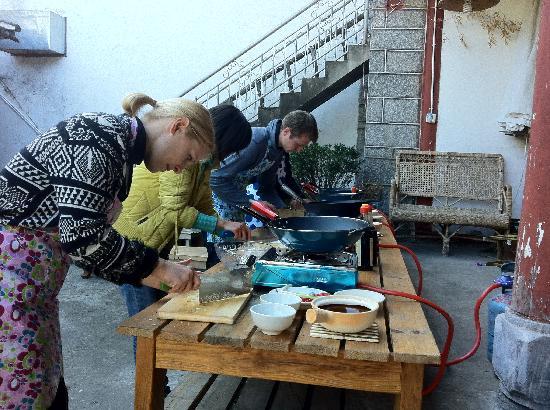 Dali Dali
|
 Lijiang Lijiang
|
 Kunming Kunming
|
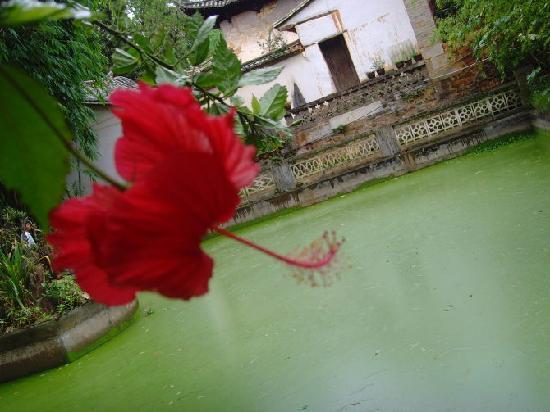 Honghe Honghe
|
 Diqing Diqing
|
Anning City(安宁市)
Baoshan City(保山市)
Binchuan County(宾川县)
Chuxiong City(楚雄市)
Changning County(昌宁县)
Cangyuan Va Aut. County(沧源佤族自治县)
Chengjiang County(澄江县)
Dali City(大理市)
Dayao County(大姚县)
Deqin County(德钦县)
Daguan County(大关县)
Eryuan County(洱源县)
Eshan Yi Aut. County(峨山彝族自治县)
Fumin County(富民县)
Fengqing County(凤庆县)
Fugong County(福贡县)
Fuyuan County(富源县)
Funing County(富宁县)
Gejiu City(个旧市)
Gengma Dai-Va Aut. County(耿马傣族佤族自治县)
Gongshan Derung-Nu Aut. County(贡山独龙族怒族自治县)
Guangnan County(广南县)
Heqing County(鹤庆县)
Honghe County(红河县)
Hekou Yao Aut. County(河口瑶族自治县)
Huaping County(华坪县)
Huize County(会泽县)
Huaning County(华宁县)
Jinghong City(景洪市)
Jianchuan County(剑川县)
Jianshui County(建水县)
Jinping Miao-Yao-Dai Aut. County(金平苗族瑶族傣族自治县)
Jingdong Yi Aut. County(景东彝族自治县)
Jinggu Dai-Yi Aut. County(景谷傣族彝族自治县)
Jiangcheng Hani-Yi Aut. County(江城哈尼族彝族自治县)
Kunming City(昆明市)
Kaiyuan City(开远市)
Lijiang City(丽江市)
Lincang City(临沧市)
Longling County(龙陵县)
Lufeng County(禄丰县)
Lianghe County(梁河县)
Longchuan County(陇川县)
Luxi County(泸西县)
Lvchun County(绿春县)
Luquan Yi-Miao Aut. County(禄劝彝族苗族自治县)
Lushui City(泸水市)
Lanping Bai-Pumi Aut. County(兰坪白族普米族自治县)
Luliang County(陆良县)
Luoping County(罗平县)
Lancang Lahu Aut. County(澜沧拉祜族自治县)
Ludian County(鲁甸县)
Mangshi City(芒市)
Mengzi City(蒙自市)
Mouding County(牟定县)
Midu County(弥渡县)
Mile City(弥勒市)
Malong County(马龙县)
Mojiang Hani Aut. County(墨江哈尼族自治县)
Menglian Dai-Lahu-Va Aut. County(孟连傣族拉祜族佤族自治县)
Malipo County(麻栗坡县)
Maguan County(马关县)
Menghai County(勐海县)
Mengla County(勐腊县)
Nanhua County(南华县)
Nanjian Yi Aut. County(南涧彝族自治县)
Ninglang Yi Aut. County(宁蒗彝族自治县)
Ning′er Hani-Yi Aut. County(宁洱哈尼族彝族自治县)
Pu′er City(普洱市)
Pingbian Miao Aut. County(屏边苗族自治县)
Qujing City(曲靖市)
Qiubei County(丘北县)
Qiaojia County(巧家县)
Ruili City(瑞丽市)
Shangri-la City(香格里拉市)
Shidian County(施甸县)
Shuangbai County(双柏县)
Shiping County(石屏县)
Shilin Yi Aut. County(石林彝族自治县)
Songming County(嵩明县)
Shuangjiang Lahu-Va-Blang-Dai Aut.County(双江拉祜族佤族布朗族傣族自治县)
Shizong County(师宗县)
Suijiang County(绥江县)
Shuifu County(水富县)
Tengchong City(腾冲市)
Tonghai County(通海县)
Wenshan City(文山市)
Wuding County(武定县)
Weishan Yi-Hui Aut. County(巍山彝族回族自治县)
Weixi Lisu Aut. County(维西傈僳族自治县)
Weixin County(威信县)
Xuanwei City(宣威市)
Xiangyun County(祥云县)
Xundian Hui-Yi Aut. County(寻甸回族彝族自治县)
Ximeng Va Aut. County(西盟佤族自治县)
Xichou County(西畴县)
Xinping Yi-Dai Aut. County(新平彝族傣族自治县)
Yuxi City(玉溪市)
Yao′an County(姚安县)
Yongren County(永仁县)
Yuanmou County(元谋县)
Yangbi Yi Aut. County(漾濞彝族自治县)
Yongping County(永平县)
Yunlong County(云龙县)
Yingjiang County(盈江县)
Yuanyang County(元阳县)
Yiliang County(宜良县)
Yulong Naxi Aut. County(玉龙纳西族自治县)
Yongsheng County(永胜县)
Yunxian County(云县)
Yongde County(永德县)
Yanshan County(砚山县)
Yimen County(易门县)
Yuanjiang Hani-Yi-Dai Aut. County(元江哈尼族彝族傣族自治县)
Yanjin County(盐津县)
Yongshan County(永善县)
Yiliang County(彝良县)
Zhaotong City(昭通市)
Zhenkang County(镇康县)
Zhenyuan Yi-Hani-Lahu Aut. County(镇沅彝族哈尼族拉祜族自治县)
Zhenxiong County(镇雄县)
 Haiyan Restaurant
Haiyan Restaurant
 Yongfang Pastries
Yongfang Pastries
 Tiankong Zhicheng Inn
Tiankong Zhicheng Inn
 Lanrenwo Inn
Lanrenwo Inn
 Baixin Shopping Center
Baixin Shopping Center
 ICBC Sifang Jie Sub-Branch
ICBC Sifang Jie Sub-Branch
 Yuyuan Food
Yuyuan Food
 Xianfeng Cake House
Xianfeng Cake House
 Dehong Wanding Economic Development Area
Dehong Wanding Economic Development Area
 Yunnan Hekou Yao Aut. County State Taxat
Yunnan Hekou Yao Aut. County State Taxat
 Zhenkang County State Taxation Bureau
Zhenkang County State Taxation Bureau
 Consulate-General of Thailand Kingdom in
Consulate-General of Thailand Kingdom in
 Kunming Consulate of Lao Peoples Democra
Kunming Consulate of Lao Peoples Democra
 Culture and Tourism of Yunnan
Culture and Tourism of Yunnan
 Economy and Ethnic Group of Yunnan
Economy and Ethnic Group of Yunnan
 Administrative divisions of Yunnan
Administrative divisions of Yunnan
 Geography and climate
Geography and climate
 History of Yunnan
History of Yunnan